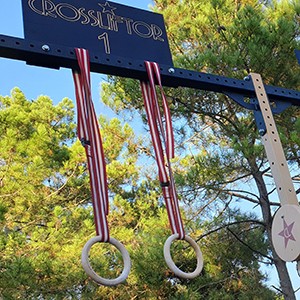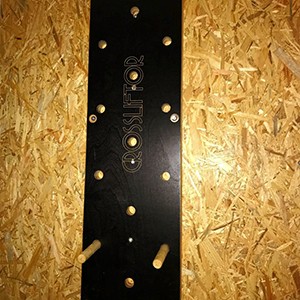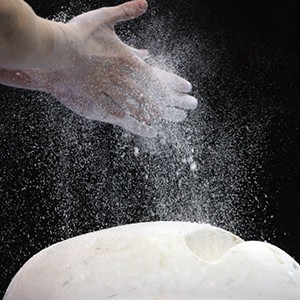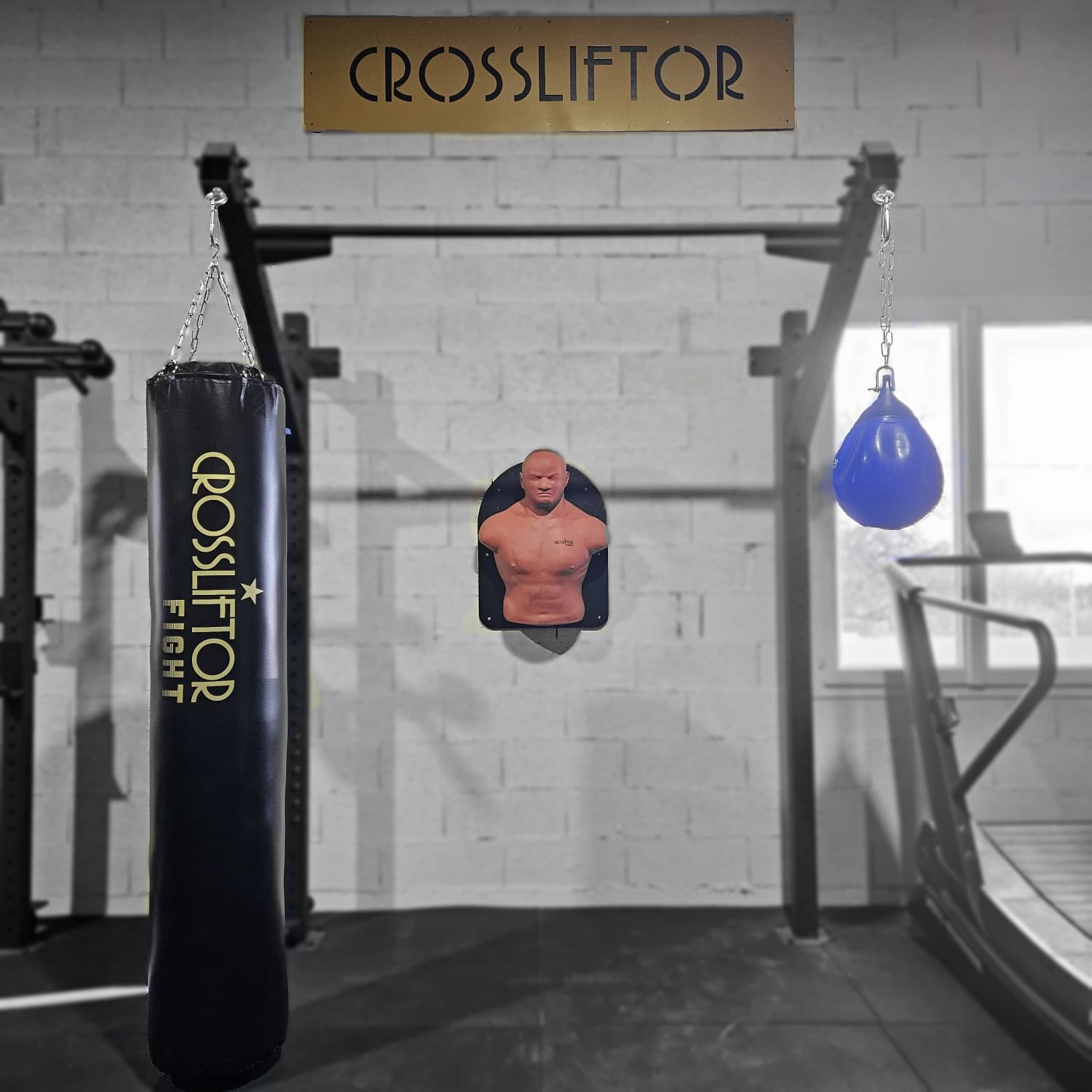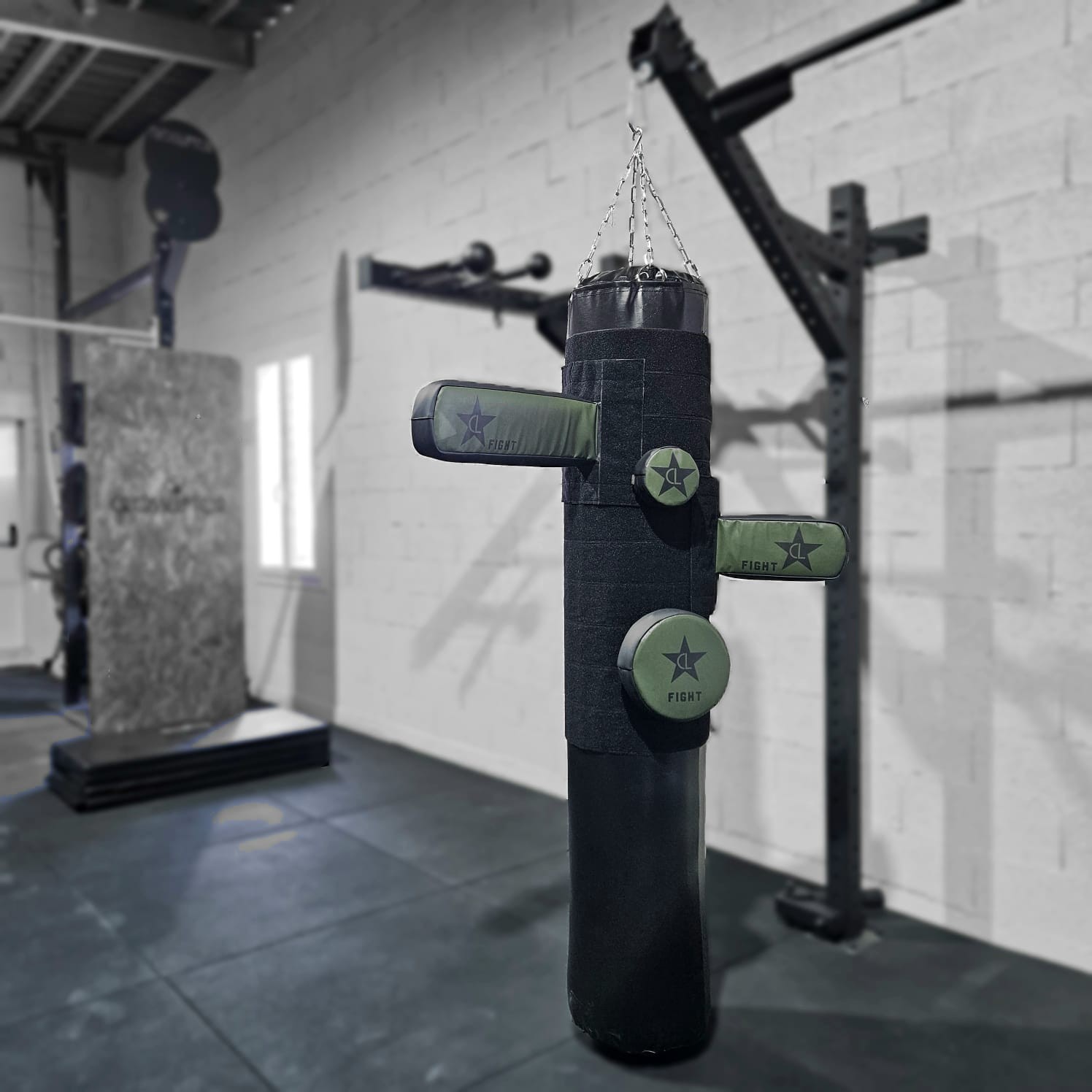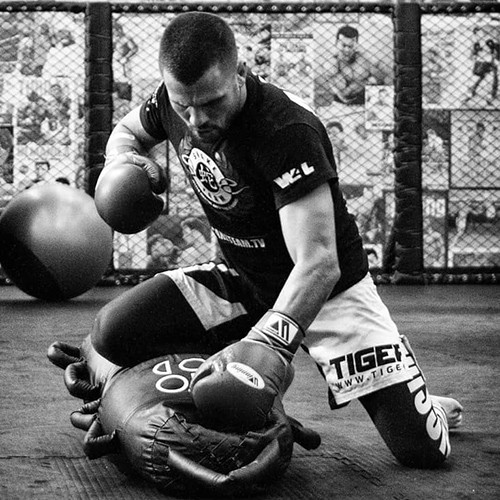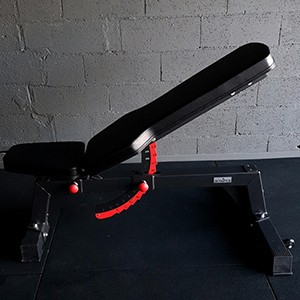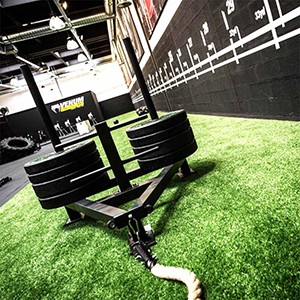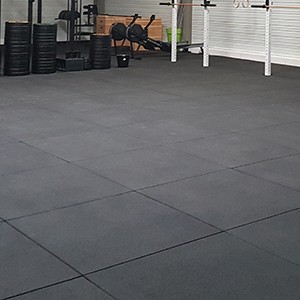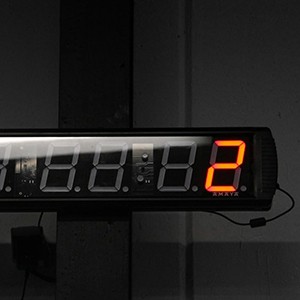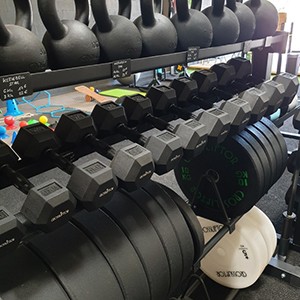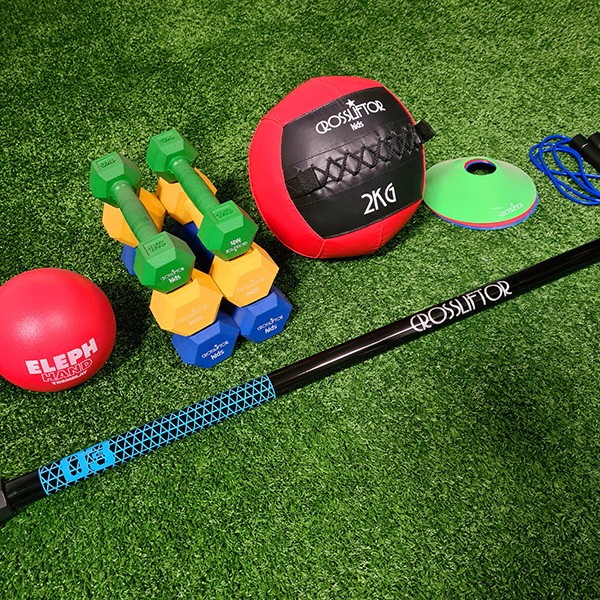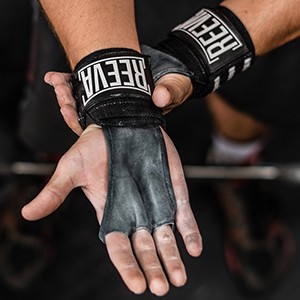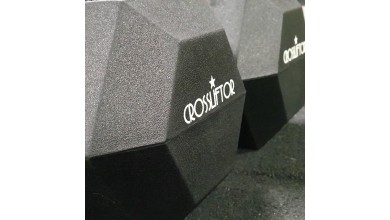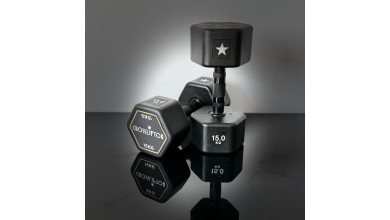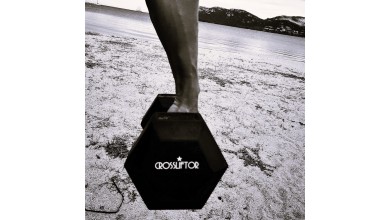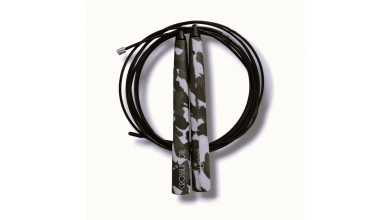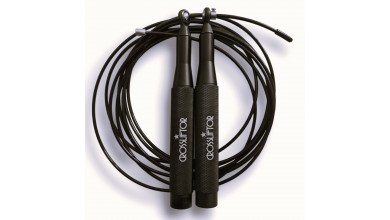The Kettlebell Swing – technique, benefits & tips for optimal training
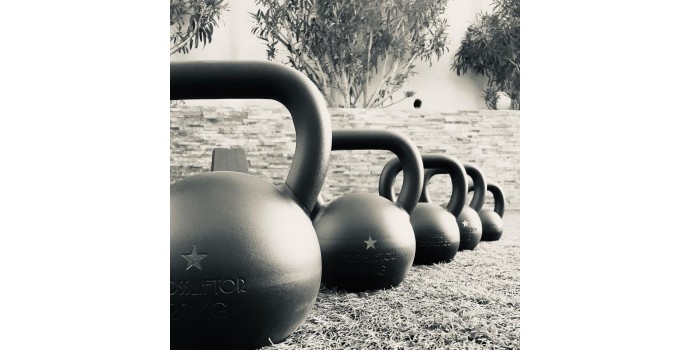
An exercise as effective as it is accessible, the kettlebell swing is a complete fitness practice that lets you work your cardio while developing your muscles. Discover our tips for an optimal, injury-free workout.
What muscles does the kettlebell swing work?
The kettlebell swing is a movement that enables you to work different muscles, making it a very complete bodybuilding exercise. It consists in creating a swinging movement by drawing all its strength from the hips. It's a great way to exercise your joints and improve mobility. The kettlebell swing works the muscles of the posterior chain:
- hamstrings,
- glutes,
- lumbar.
As with all polyarticular movements, the KB swing also works other muscle groups such as the shoulders, abdominals, erector spinae and semitendinosus.
The benefits of Kettlebell swing
The benefits of kettlebell swing are numerous, as it's a complete and balanced training exercise, combining cardio and muscle strengthening. It is therefore highly effective when included in a cross-training or HIIT session, or more generally in a classic strength training session. During these high-intensity workouts, all muscle groups are called upon to promote fat-burning action.
The kettlebell swing achieves several objectives:
- Reducing body fat,
- Increasing muscle mass,
- Developing strength,
- Developing muscular endurance,
- Gaining strength and explosiveness.
How do I swing a kettlebell?
Although kettlebell movements are generally considered accessible, it's essential to master their positioning and movements to avoid injury. We explain how to swing a kettlebell properly:
Pay attention to your starting position
Having a good starting position is essential to performing your kettlebell swing correctly. To achieve this, proceed in stages:
- From a standing position, spread your feet shoulder-width apart. Bend
- your knees slightly and concentrate most of your body weight in your heels.
- Tilt your pelvis slightly backwards, keeping your back straight.
- Grab the kettlebell in your hands and place it at knee height, keeping your arms straight and shoulders low.
When you perform this movement, or any other kettlebell exercise during your training, be sure to use maximum intention. Concentration, sheathing and awareness of the movement are all important factors in ensuring efficiency and clean execution.
Kettlebell swing: technique
The kettlebell swing requires rigor to avoid unconsciously adopting the wrong posture:
- Tilt your torso forward without bending your legs any further: it's the hips that perform the movement as they stretch.
- Raise your torso by lifting the kettlebell with the power of your hips until you reach shoulder height.
- The momentum provided by the hips allows you to return to the starting position. Repeat the movement for the duration of the set.
The kettlebell will perform a circular movement from bottom to top, then return to its starting position. Your torso should remain straight and sheathed throughout the movement, and your eyes fixed on a point in front of you to maintain the natural alignment of your cervical vertebrae.
Our tips for avoiding injury
The kettlebell swing may seem simple to perform. However, it's important to do it with perfect concentration on your posture, so that you maintain the correct position throughout the workout. To achieve this, visualize the ideal position to hold and remember these rules:
- Warm up: the kettlebell swing is a fitness exercise that calls on the muscles with great intensity.
- It is therefore highly recommended to warm up beforehand to ensure an injury-free workout.
- Respect your body: don't confuse motivation with haste!
- Start your workout with a series of a few swings before gradually increasing it over time.
- Use gravity: for an explosive movement, let your body fall back and repeat the movement to benefit from thependulum effect.
- Keep your back straight throughout the movement.
- Take the environment into account: if you work out at home, make sure there are no objects in the immediate vicinity of your training area. Make sure you have enough headroom to lift your kettlebell above your head.
Here are the main mistakes to avoid:
- Don't do squats: it may be tempting to want to use your legs, but it's your hips that do the exercise.
- Don't arch your back: with repetitions, you risk injury in the long run.
- Don't use your arms: the hips initiate the swing movement.
- So don't use your arms to steer the kettlebell during swings.
- Don't lower the kettlebell too far: the further the kettlebell is from the center of inertia, the greater the tension and the more complicated the exercise.
To begin with, we recommend the russian swing. This movement involves raising the kettle and stopping it at shoulder height.
It differs from the American swing, which takes the kettlebell overhead and requires more experience.
Which kettlebell weights for effective training?
The weight of the kettlebell should be neither too light nor too heavy. If the kettlebell is too light, you run the risk of overtaxing your arms, while if it's too heavy, you won't have a good range of motion.
To determine your ideal weight, you can visit our crossliftor store or any other store simply to try out the different kettlebell weights. These range from 4 to 4 :
- 8 kg: the recommended weight for female beginners,
- 12 kg: the recommended weight for male kettlebell beginners,
- 16 kg: the weight for experienced athletes,
- Over 20 kg: this weight is reserved for experienced athletes or those who have mastered this movement.
Once you've chosen your kettlebell weight, it's time to train! Kettlebell swings aren't the only fitness workout you can do with a kettlebell. In fact, the kettlebell is very versatile, hence its popularity, so you can perform a wide range of exercises to vary your cardio and strength training sessions, for example:
- The kettlebell deadlift: bend your torso forward and lift, or not lift, one leg backwards until the kettlebell touches the ground.
- A second kettlebell can be carried in the other hand.
- Squat: in squat position, hold the kettlebell with both hands.
- Bend the legs, bringing the torso back until the kettlebell touches the ground.
- Lunge: bend the leg at a 90° angle and push it forward to return to the starting position. This exercise can be performed with one or two kettles.
You can find all CrossLiftor kettlebells here

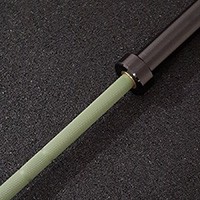
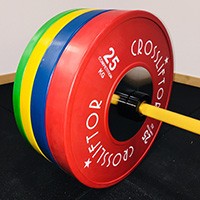
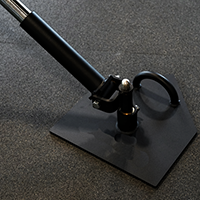
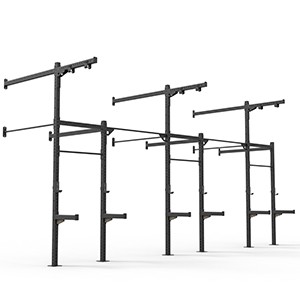
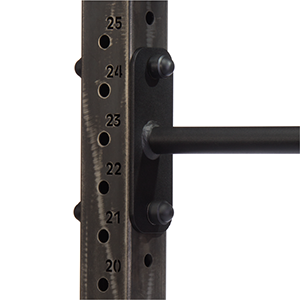
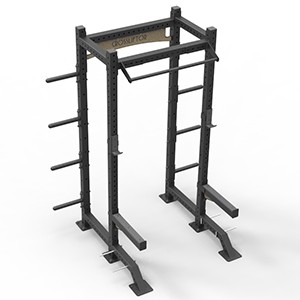
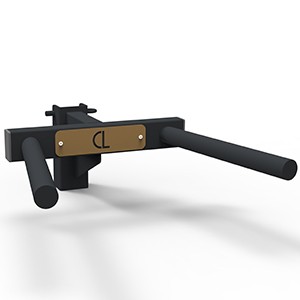
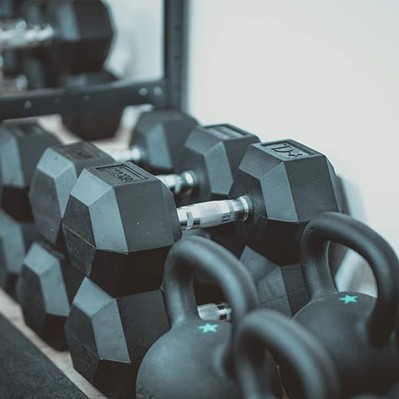
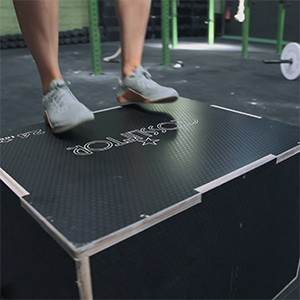
 (1).jpg)
